
How to tell if a dog is retaining fluid?
When we stroke the soft fur of dogs, watch them wag their tails happily, and enjoy the warm time together, our hearts are always filled with happiness.
When we see our lively dogs suddenly limp and lose their brisk pace, anxiety instantly surges into our hearts. "How long does it take for a dog to recover from a limp?" This question, like a heavy stone, weighs on the hearts of every dog-loving owner. To find the answer, we must delve into the complex and diverse reasons behind dog limping.
One of the most common causes of dog limping is accidental injury. Imagine a dog having fun outdoors, enjoying the joy of running as usual. But perhaps at a certain moment, it accidentally stepped into a trap hidden in the grass, a sharp foreign object instantly pierced its paw, or it suddenly changed direction while running at high speed, causing a severe sprain of the joint. Such accidents often come without warning, like a bolt from the blue, instantly breaking the dog's normal rhythm of life. There was a naughty border collie who was playing with his friends in the park. In order to chase a frisbee, he accidentally stepped on a sharp stone, and his paw was immediately cut, and the ground was stained with blood. After the incident, the owner was anxious and immediately sent it to the hospital. After careful debridement, disinfection and bandaging by the veterinarian, and in the following one to two weeks, the veterinarian strictly followed the doctor's instructions to provide the dog with a quiet rest environment, carefully care for the wound every day, and avoid excessive activity. Fortunately, under the careful care of the owner, the dog's wound gradually healed, the lameness symptoms gradually disappeared, and it was able to run happily again. Usually, for such minor injuries, as long as they are handled promptly and properly, the dog can generally recover significantly within 1 to 2 weeks. During this period, every time the owner gently changed the dressing for the dog, every soothing look and gentle touch were full of deep heartache and love.
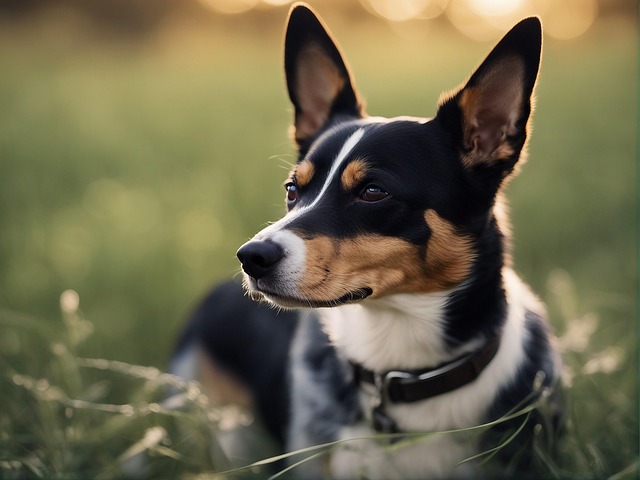 As dogs age, joint diseases become a major "culprit" of lameness. Especially for large dog breeds, such as Golden Retrievers and German Shepherds, the incidence of diseases such as hip dysplasia and arthritis is high. These diseases are like enemies lurking in the dark, quietly eroding the health of dog joints. Sick dogs walk with obviously unstable steps, and every step seems extremely difficult. Going up and down stairs is a huge test for them. According to scientific research, about 20% of large dogs will have varying degrees of hip dysplasia after the age of 5. Once suffering from such diseases, the road to recovery for dogs is often long and arduous. Treatment usually requires a combination of drug therapy, such as the use of non-steroidal anti-inflammatory drugs to relieve pain and inflammation, and physical therapy, such as hot compresses, massage, and professional rehabilitation training, to enhance the strength of muscles around joints and maintain joint stability. Dietary adjustments are also crucial. Providing dogs with foods rich in nutrients such as chondroitin and glucosamine can help promote the repair of joint cartilage. A 10-year-old golden retriever was severely lame due to arthritis. Under the guidance of a veterinarian, the owner insisted on comprehensive treatment for it for half a year. From being able to walk a few steps with difficulty at first to being able to walk short distances gradually, every bit of progress was hard-won and full of countless efforts of the owner. During this long process, the owner always accompanied the dog patiently, witnessing every moment of the dog's tenacious struggle against the disease, and was full of admiration for its tenacious vitality.
As dogs age, joint diseases become a major "culprit" of lameness. Especially for large dog breeds, such as Golden Retrievers and German Shepherds, the incidence of diseases such as hip dysplasia and arthritis is high. These diseases are like enemies lurking in the dark, quietly eroding the health of dog joints. Sick dogs walk with obviously unstable steps, and every step seems extremely difficult. Going up and down stairs is a huge test for them. According to scientific research, about 20% of large dogs will have varying degrees of hip dysplasia after the age of 5. Once suffering from such diseases, the road to recovery for dogs is often long and arduous. Treatment usually requires a combination of drug therapy, such as the use of non-steroidal anti-inflammatory drugs to relieve pain and inflammation, and physical therapy, such as hot compresses, massage, and professional rehabilitation training, to enhance the strength of muscles around joints and maintain joint stability. Dietary adjustments are also crucial. Providing dogs with foods rich in nutrients such as chondroitin and glucosamine can help promote the repair of joint cartilage. A 10-year-old golden retriever was severely lame due to arthritis. Under the guidance of a veterinarian, the owner insisted on comprehensive treatment for it for half a year. From being able to walk a few steps with difficulty at first to being able to walk short distances gradually, every bit of progress was hard-won and full of countless efforts of the owner. During this long process, the owner always accompanied the dog patiently, witnessing every moment of the dog's tenacious struggle against the disease, and was full of admiration for its tenacious vitality.
In addition, neurological problems may also cause dogs to limp. Diseases such as spinal injuries and neuritis can interfere with the normal control of the dog's nerves over the limbs, causing it to walk in a weird posture. Recovery from such problems is extremely difficult, and the recovery time is full of uncertainty. Some dogs may improve within a few months after receiving active drug treatment, acupuncture and physiotherapy, and continuous rehabilitation training, but some dogs may need long-term care due to serious illness, and may not even be able to fully recover. There was once a dachshund that accidentally fell from a height and injured its spine, lame in its hind legs and severely limited its mobility. The owner did not give up, and sought medical advice everywhere, and customized a special auxiliary wheelchair for it to help it move. At the same time, take it to the pet hospital regularly for review and adjustment of the treatment plan. Although the future is full of unknowns, the owner always stays by the dog's side, giving it endless care and support, so that the dog can feel warmth and hope on the difficult road to recovery.
In the recovery process of dog lameness, the influence of psychological factors cannot be underestimated. Dogs are delicate and sensitive, and physical pain and inconvenience in movement can easily make them fall into depression and anxiety. At this time, the owner's company and encouragement are like a bright light in the dark, illuminating the way forward for the dog. The owner should spend more time playing with the dog, communicate with it in a gentle voice, and give it sufficient care and a sense of security. When the dog bravely tries to take a normal step, give praise and rewards in time, so that it can truly feel that its efforts are recognized. This positive psychological suggestion can greatly stimulate the dog's internal motivation and play a positive role in promoting its physical recovery.
The recovery time of dog lameness varies greatly depending on the cause of the disease. Whether it is a short-term healable injury or a joint disease or nerve problem that requires long-term confrontation, the owner is always the dog's strongest backing. In this difficult process, every wait and every contribution condenses the owner's deep love for the dog. We are looking forward to the dog being able to run and jump happily again and regain its former health and vitality. This expectation has become a powerful driving force for us to persevere on the road to the dog's recovery.

When we stroke the soft fur of dogs, watch them wag their tails happily, and enjoy the warm time together, our hearts are always filled with happiness.
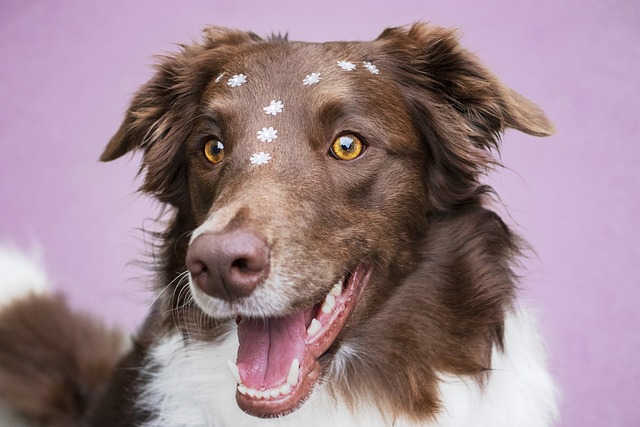
When we see the dog squatting in the corner, straining hard but having difficulty defecating smoothly, and its originally lively eyes full of discomfort and helplessness,
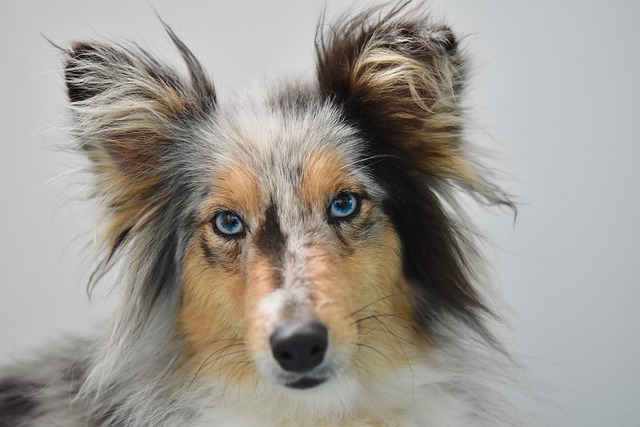
When we lovingly place delicious wet food in front of the dog and watch it feast and enjoy the happiness brought by the food, our hearts are filled with comfort.
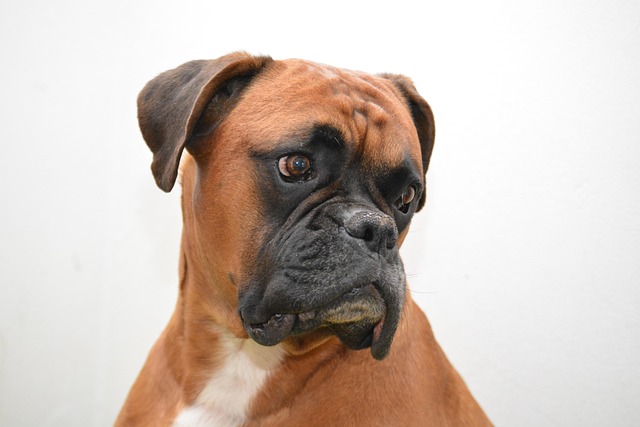
When we see our dogs wagging their tails lively, we are filled with joy and warmth. However, behind the health of dogs, there are various disease threats, among which fungal diseases are one of them that cannot be ignored.

When the owner finds that the abdomen of the dog that is usually lively and active gradually bulges, moves slowly as if holding a water bag, and even begins to have symptoms of shortness of breath and loss of appetite,
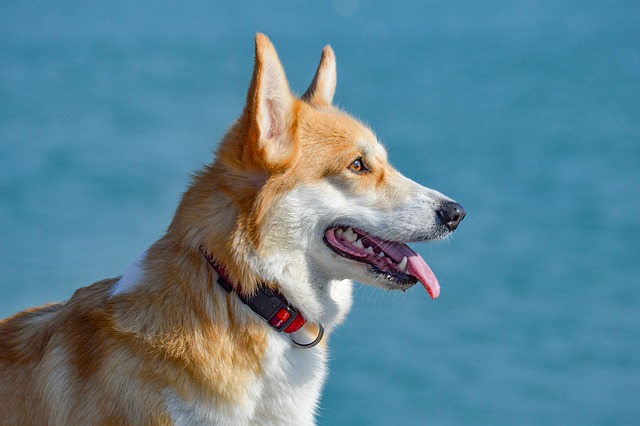
When we take our dog to get vaccinated, we think we've built a solid defense line for its health. But soon after, it shows symptoms of diarrhea and vomiting,